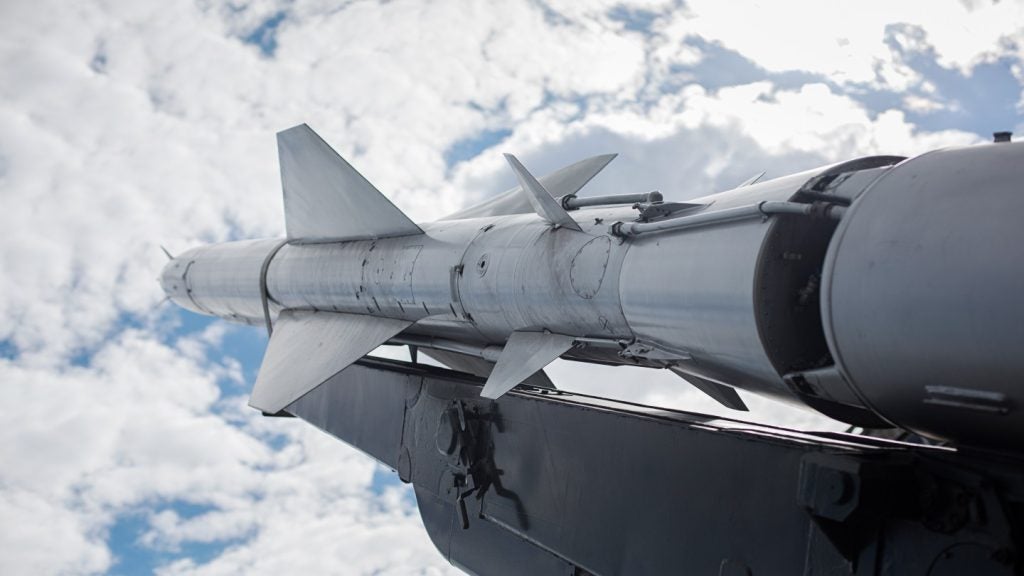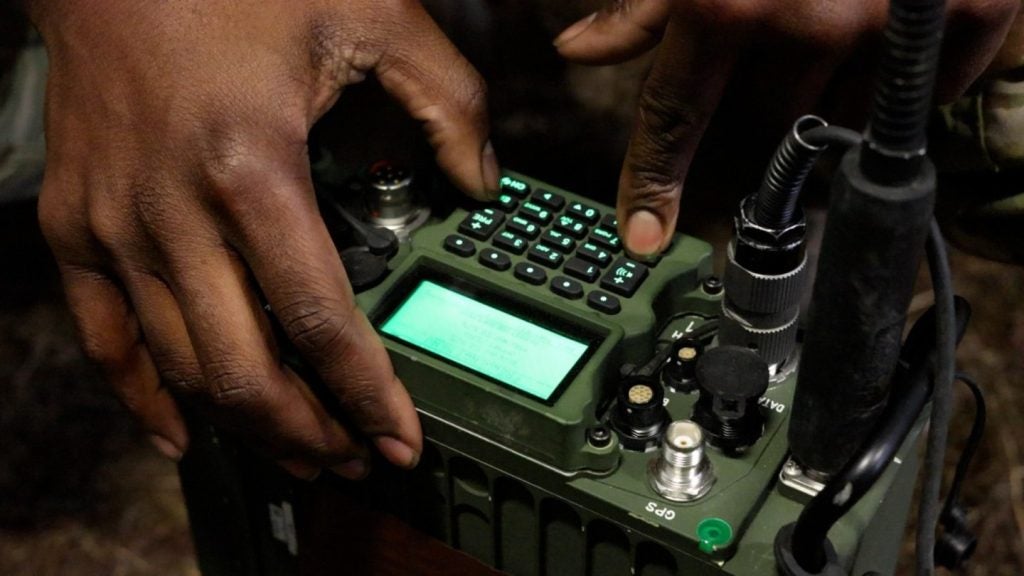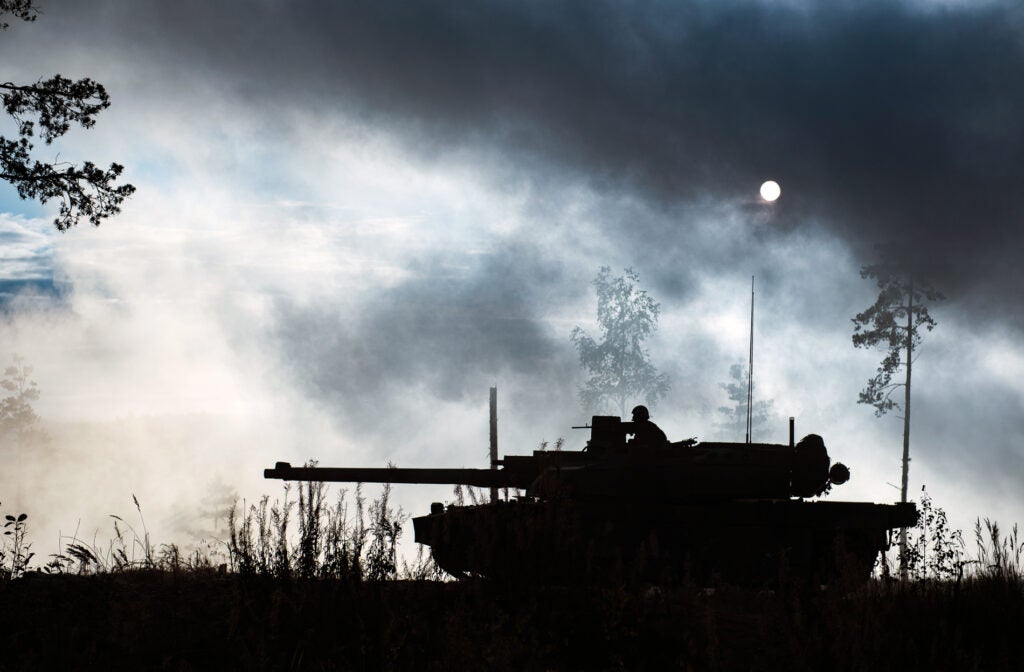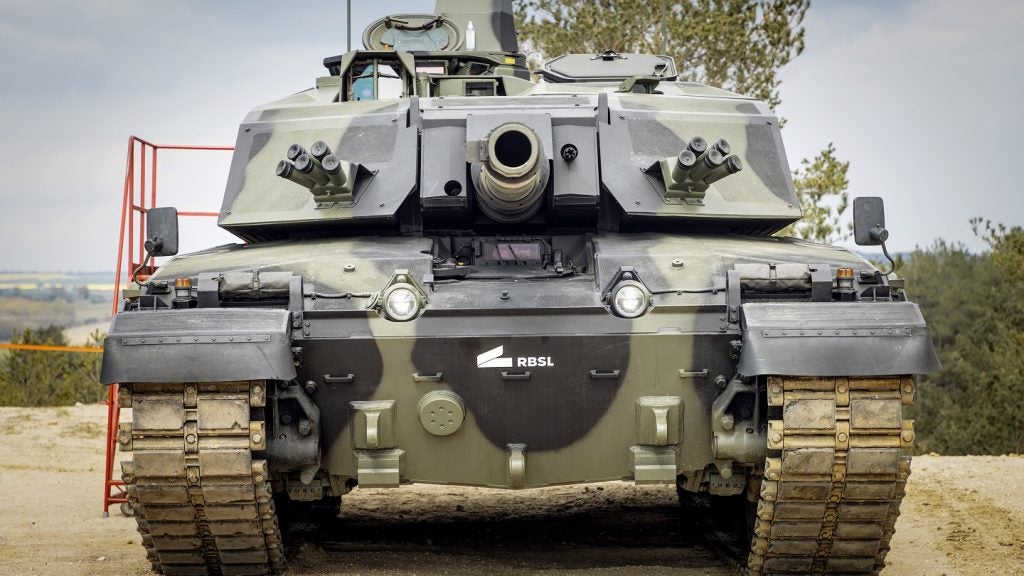The US Army Special Operations Command wants to acquire new aircraft better suited to the unique requirements of Afghanistan, according to a senior commander.
US Army commander of the 160th Special Operations Aviation Regiment Col. Clayton Hutmacher said the non-linear nature of operations in Afghanistan had brought range and speed considerations to the fore.
“We are looking for something that can range targets across the width and depth of the battlefield. The fight in Afghanistan and in Iraq is a non-linear battlefield and so the speed and range are very important while dealing with fleeting targets,” he said.
“We are very interested in partnering with the conventional force in trying to find a common airframe.”
Two airframes that are being considered by the Special Operations Command are the Piasecki X-49A SpeedHawk and Sikorsky X2.
See Also:
Hutmacher said though the performance of the Bell / Boeing V-22 Osprey tiltrotor made it suitable for some real-world targets, it did not perform well in hot environments at high altitude, especially higher than 4,000ft.
How well do you really know your competitors?
Access the most comprehensive Company Profiles on the market, powered by GlobalData. Save hours of research. Gain competitive edge.

Thank you!
Your download email will arrive shortly
Not ready to buy yet? Download a free sample
We are confident about the unique quality of our Company Profiles. However, we want you to make the most beneficial decision for your business, so we offer a free sample that you can download by submitting the below form
By GlobalDataIn addition, the army’s Special Operations Command is also searching for a new hostile fire indicator for its rotary fleet to combat the significant threat from small arms and rocket-propelled grenades rather than guided munitions.







